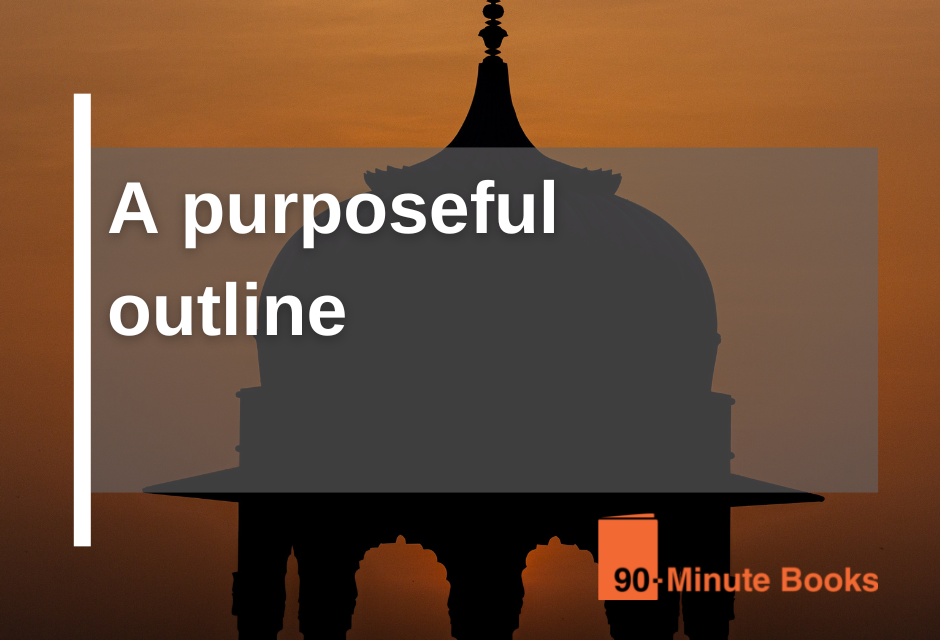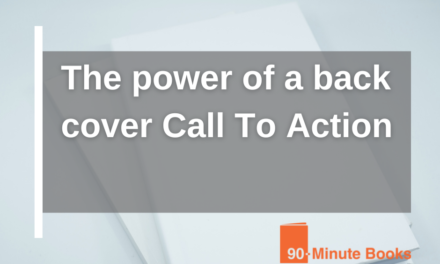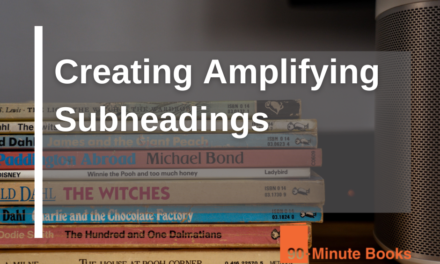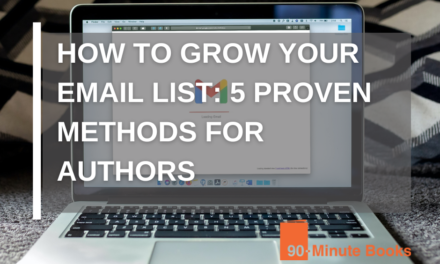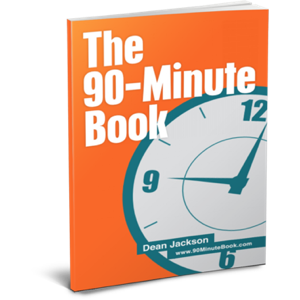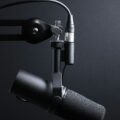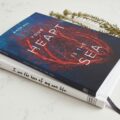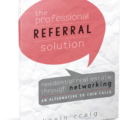Today we’re diving into one of the Book Blueprint mindsets.
A Purposeful Outline.
This is a bit of a deep dive but amplifies some of the topics from the last few shows. It will be a huge help if you’re at the stage where you have your audience dialed in, know where you want them to go next, and you’re ready to start planning how to get them there (the content). As with all the Book Blueprint mindsets, you’ll find you are more advanced in some than others, but the main thing we’re trying to achieve here is helping you make the most of each element that makes up your book. Don’t forget; you can see how your book idea stacks up against the Book Blueprint by going to BookBlueprintScore.com.
The eight elements of the Book Blueprint Scorecard are ways to judge your book project. To assess how effective it will be in lead generation and overall engagement with your customer base.
The scorecard is designed to help you determine which areas of the book you have done well with and which parts require improvement. The fifth mindset on the scorecard is ‘A Purposeful Outline’
A purposeful outline
We talk about creating a book that’s a bite-size consumable book. An example often used in the Book More Show podcast is the scenario of a two-hour flight. By the time you have settled into your seat, you have a good chunk of time to consume your book.
The first page that someone gets to is the table of contents. The table of contents is the key. After the front and back, it’s the page that most people will look at because it’s easy for them to consume. There’s no commitment. They can look at it without feeling that they’ve got to sit down and start. It’s not like a clock’s running. There’s no intellectual requirement or commitment needed to glance at it.
If you take the time to google the average read rate, you will be shocked to find out how few people actually read a book to completion.
it’s easy to get sucked into creating the book and focus on the book where it is just the tool to identify a potential client and start a conversation. It’s so easy to forget about that and think about it another way around.
I mean, the whole premise is that someone requests a copy of the book because it’s there; it exists. It’s why someone gives you their name and email address. If nothing else happened with the rest of the book, that’s great; it’s done its job.
It’s moved them onto the next stage. Ideally, they’d engage you in conversation, in dialogue through email or individually and then the job of having a book has been achieved without necessarily having it.
Obviously, as with everything, it depends, and the content of the book needs to be valuable enough so that the recipient, the reader, doesn’t feel cheated by giving you an hour of their time and then actually realizing that it’s been wasted which is the next Book Blueprint Scorecard mindset that we’ll get to which is value-driven content.
the table of contents is a key reference point to the book’s content. Like the bullet points you would put up at the beginning of a presentation. The table of contents should sufficiently tell the story of the book. Leading a reader from the front cover to the back cover
How big should the outline be?
A common question we are asked here is, ‘do I have to come with an outline ready?’ the answer is no. our content team will help you develop an outline for your book.
So our customers usually hover around two extremes. Either they have no outline or a 15-page outline, which is too much information.
in Summary,
A purposeful outline is determined and assessed through the four mindsets on the book blueprint scorecard. from the lower end of the spectrum, where you have no outline prepared, to the higher end, where you have considered the journey from the title to the back cover call to action.
A purposeful outline will help you structure your book the best way possible.

